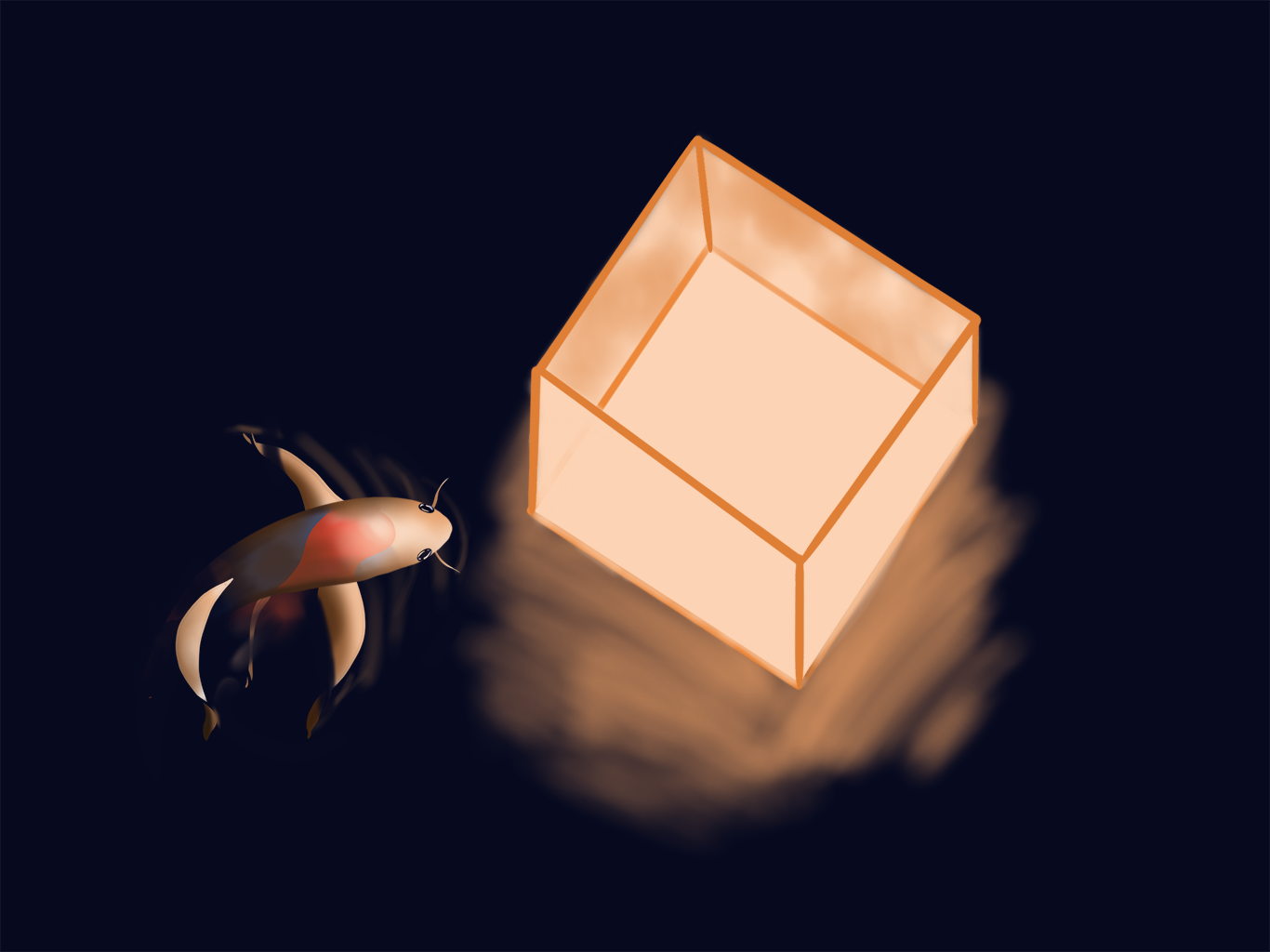
Strong opinions, loosely held.
Ironic that such a statement is so fiercely divisive, particularly around SaaS and the modern tech world.
It’s something I think sticks at the core of the HelpDocs culture. We’re all super opinionated. But it’s rare for us to so vehemently protest or refuse to yield on something when presented with a better option.
Rare…but not totally unheard of 😬
I must admit, this is a pretty strange thing for me to write. I haven’t said that for a while. And I think this is probably the truest that statement's ever been.
When I joined HelpDocs, one of the biggest draws was the freeform nature of things.
We just wanted to make good software, and write interesting stuff. That was the goal. Nothing more. Nothing less.
It felt like a catalyst for boundless creativity. An almost Bohemian culture. We the vagabonds of SaaS 👨🎨
I think it’s still one of our core beliefs. The idea that great stuff can happen when you’re focusing less on achieving some lofty goal, and more on just consistently shipping stuff.
But as of late, I’ve had to take a long hard look at what we’re doing—particularly in education—and have realized that being entirely devoid of structure or any form of planning can be disastrous.
Particularly as we scale the team.
Where Freeform Failed
As we come to the end of 2019—yeah, it’s November…shit!—I can’t help but get a little reflective of what we’ve spent time and energy on in Customer Education.
It’s not where I wanted it to be when I took the reins in January.
Not by a long shot.
We’re barely scratching the surface, really. I’d envisioned shipping heaps of content to help our customers make the most of the software. Where the reality is, we’ve shipped a lot less.
In part, I’ve no doubt it’s a result of failing to hire. 😬 Triaging thousands of applications takes a load of time. Not to mention interviews, calls, and painful rejection.
Thing is, I know how it feels to be treated like shit. To pour your heart and soul into an application process. To go through all the stages of interviewing, technical tests, personality tests, video calls, trials. God knows what else!
You go through the whole thing and come out the other side feeling like ground beef with a sticker slapped on your forehead that says “rejected”. And when there aren’t even any hints to why or where you can improve, it’s crushing. 😔
Being on the other side is a strange experience. I never appreciated how hard it is to give some kind of feedback to interviewees before. But we try to give people we chat with some sort of actionable response, regardless of whether they succeed in the application process.
Thing is, treating people like they are real people instead of processed packs of meat is a time-consuming endeavour 😅 Who knew 🤷♂️
And I have to hold my hands up and say that wanting to do it all myself was a really shitty decision.
It was naive.
And it was heavily dependent on the idea that we’d hire within a couple months. None of us thought we’d get a year down the line and only just be on the cusp of on-boarding someone that at least currently seems like the unicorn hire we’ve been waiting for—no pressure! 🦄 ✨
It ate into everything.
But I’d also be remiss for blaming my poor hiring ability for all the lack of progress.
The lack of a kind of structure or plan is as much the culprit. If not more so. 😔
When Freeform Needs More Form
Being a company with a culture that allows for a more freeform approach to work is phenomenal 🎉 But knowing where to apply that approach and how to identify where it doesn’t work is pretty much a guessing game. And one I didn’t realize I was playing 🙈
That was until last week when I had a candid chat with the rest of the team about the performance of Customer Education. And when we raised concerns about the impact, it’s having on the company versus the impact we wanted it to have.
Customer Education is underperforming. Which is a fascinating thing to say when you’ve no strategic goal.
The irony is that the lack of a goal sits at the root of the issue. A lack of purpose means a lack of strategy. A lack of strategy leads to a lack of planning. And a lack of planning, it transpires, leads to not hitting a goal we hadn’t set 🤔
Confusion aside, the point is the lack of goal—call it reason, purpose, vision, whatever—has ultimately been the downfall of customer education.
It’s funny, really. 🤷♂️
In much of my educational content, I talk about the need to take a strategic approach to knowledge base articles, and generally to documentation as a whole.
I’ve spoken at length about how important planning your knowledge base is. About how knowing your customers is a crucial part of making sure your articles are consistently helping your customers help themselves.
Customer-centricity, and building a customer-centric knowledge base relies on knowing who the fuck your customers are. Understanding what they want to achieve, how they want to succeed, and how you and your content can help them get there.
Irony abounds!
Addressing The Issue
After my enlightening call, it was pretty clear what I had to do. And the crux of it was to focus. 🧘♂️
The first thing I did was to take a substantial step back from the hiring. In fact, more than that. I relinquished all the hiring responsibilities to Jake.
The thing was, in our call, they’d suggested I was being overprotective. I was too concerned about how the team would grow, and perhaps that meant I was stifling the process. Was I being too harsh with applicants? Was I setting an unrealistically high bar? Maybe. I’m not ashamed to admit they’re probably right.
In hindsight, I think growing the Customer Education team was and is equally as terrifying as it is exciting. The first/next hire is gonna change our culture massively.
Our team dynamic will shift. And I have been very conscious of that. It’s a massive responsibility. After all, if I hire the wrong person, that’s on me!
Instead of hiring, my focus is solely on education. On planning what we wanna achieve in the next 6-12 months. Understanding how each of the roles we’re hiring for will work together to create value for our customers.
That, in turn, means learning about our customers. Talking to them to understand what they want to achieve. How they’re struggling with the software. And how we can address that with our content.
Perhaps most importantly, that means having a goal for customer education and a strategy for how we can actually deliver on it.
So What’s the Big Goal? Spoiler alert: it’s not growth!
Growth isn’t a dirty word. After all, it’s what keeps the lights on.
I’ve spoken about it a little before. Usually, it's about us growing organically and not putting much effort into traditional notions of marketing.
At this point, I’m going to take a slight u-turn and finally conceded that some of what we do in Customer Education will have a marketing purpose.
It’s still not sales. And not focused on building out any kind of lead funnel. But given our renewed focus on actually having a strategy and purpose, I can’t in good conscience say we won’t be doing marketing.
At the end of the day, what we do on the Education team has a goal now. It has a purpose. It’s building toward a strategic vision of what Customer Education at HelpDocs actually means. And it might even result in some slight uptick.
Ultimately though, everything we do boils down to what’s right for the customer. As it always has.
For us, that makes the goal of Customer Education actually really simple. To bridge the gap between what customers want to achieve and what they need to know to be successful using HelpDocs.
Everything else is a bonus. 💪
